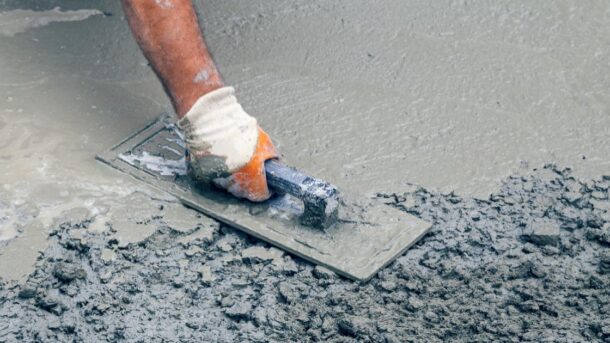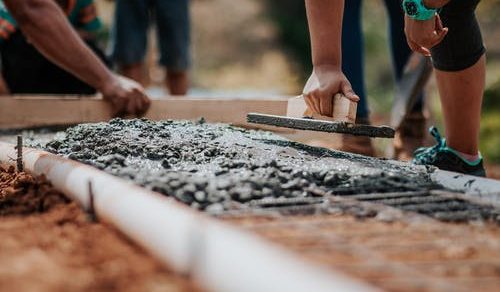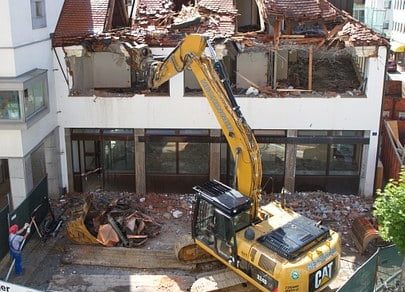Concrete is one of the world’s most commonly used building materials, yet most individuals know little beyond its basic four ingredients.
Concrete slabs Melbourne may seem straightforward with only four ingredients required, yet its formulation can be extremely complex to meet particular requirements – this process is known as mix design.
Cement
Cement is the glue that brings aggregate sand and water together to form concrete, helping it harden into an indestructible state and creating slabs such as sidewalks, driveways, roads etc. Cement also plays a part in making these structures weatherproof – such as walkways.
Cement is composed of natural materials such as limestone, shale and clays which are heated in a kiln to produce small lumps called clinker before being ground into fine powder along with other additives and ground into what we know as cement.
As soon as cement and water are combined in an appropriate ratio, chemical reactions begin – known as hydration – that produce calcium silicates which form strong bonds with aggregate and sand used to form concrete. Admixtures such as fly ash or slag may also be added for additional properties that enhance workability, strength and durability while at the same time saving costs because these materials are readily available and accessible.
Water
Water is an indispensable ingredient of concrete. It helps lubricate and form a workable mixture that can be mixed, placed, and compacted easily; but too much moisture may diminish its strength and durability.
Water is used extensively during the cement hydration process to clean aggregates and GGBS, clean equipment and trucks and suppress dust, among other uses. Most often this water is discharged into the environment or recycled within the plant for future use.
The concrete industry has long prioritized cutting water usage, especially in water stressed regions. Producers rely on pit systems, concrete reclaimers, carbonCure reclaimed water systems and carbonCure recycled water as tools to decrease production water demand; such efforts often driven by local, state and federal regulations regarding industrial water use. Unfortunately, however, these technologies often don’t address all aspects of production water use – this is why so many large producers are now mapping site water flows in order to prepare their businesses against future water scarcity issues.
Aggregates
Aggregates play an essential part in the strength and workability of concrete. Granular materials like sand, gravel, crushed stone and blast furnace slag make up about 60-75% of concrete volume; their shapes, textures, gradation levels and moisture contents all play a significant role in its properties.
Well-graded aggregates feature an even spread of particles from fine to coarse grit, with tight packing of coarse, rough particles at either end of this range. Rough angular aggregates require more cement paste coating on their surfaces compared with smooth, rounded aggregates; as a result, mixes composed of these coarser angular aggregates typically require additional water in order to produce plastic concrete.
Use of larger coarse aggregates can significantly lower the cost of concrete mixes by decreasing their cement requirements – the most costly component. However, the ideal size of coarse aggregate for any specific project depends on factors such as availability and construction requirements – keeping aggregate gradation within certain limits ensures strong and long-lasting concrete mixes.
Mixing
Concrete is a composite of air, water, cement and aggregates mixed together. When combined, these ingredients create one of the strongest and most resilient building materials ever known; used in everything from patios to skyscrapers while being very user-friendly to work with.
Concrete comes in the form of dry mixes that are readily delivered to project sites. For smaller DIY jobs, bags of dry concrete mix can often be found at hardware or home improvement stores; their labels usually indicate how much concrete should be ordered to complete your task.
Alternative concrete plants provide concrete to construction sites. These central concrete plants often consist of bins of sand, coarse aggregate and cement – these bins can then be pulled across longitudinal belts into a mixer where it will be mixed with water and additives before water reducers and air entraining agents can be added for good measure.




